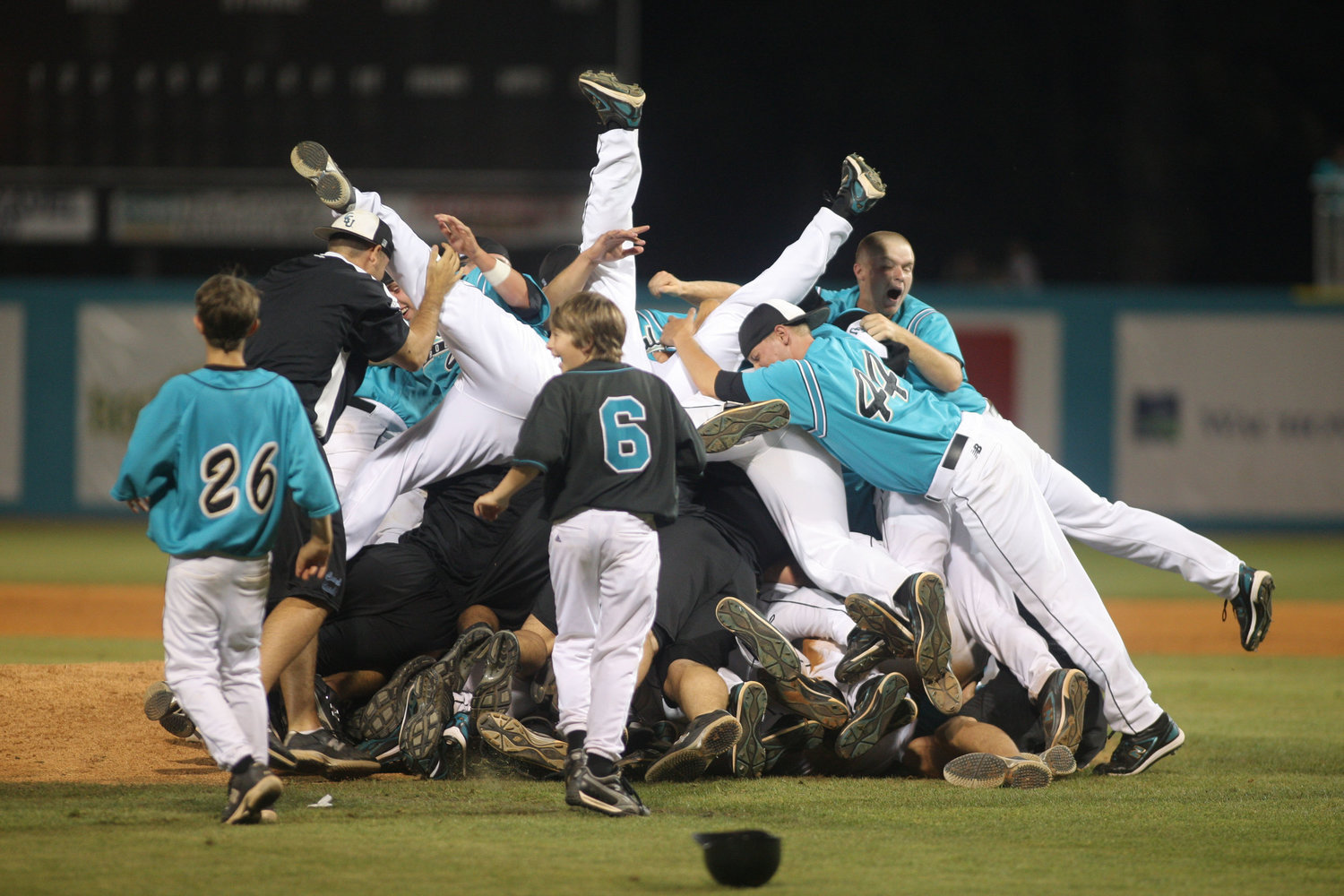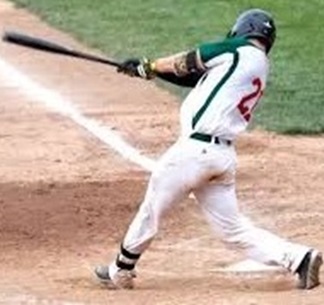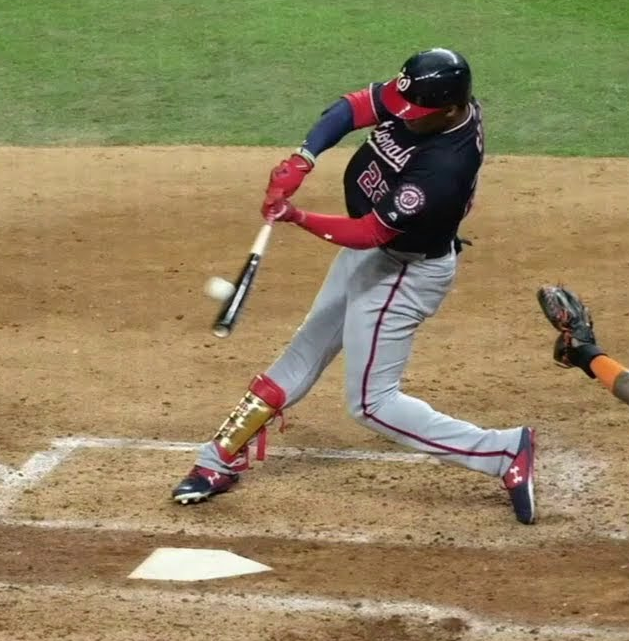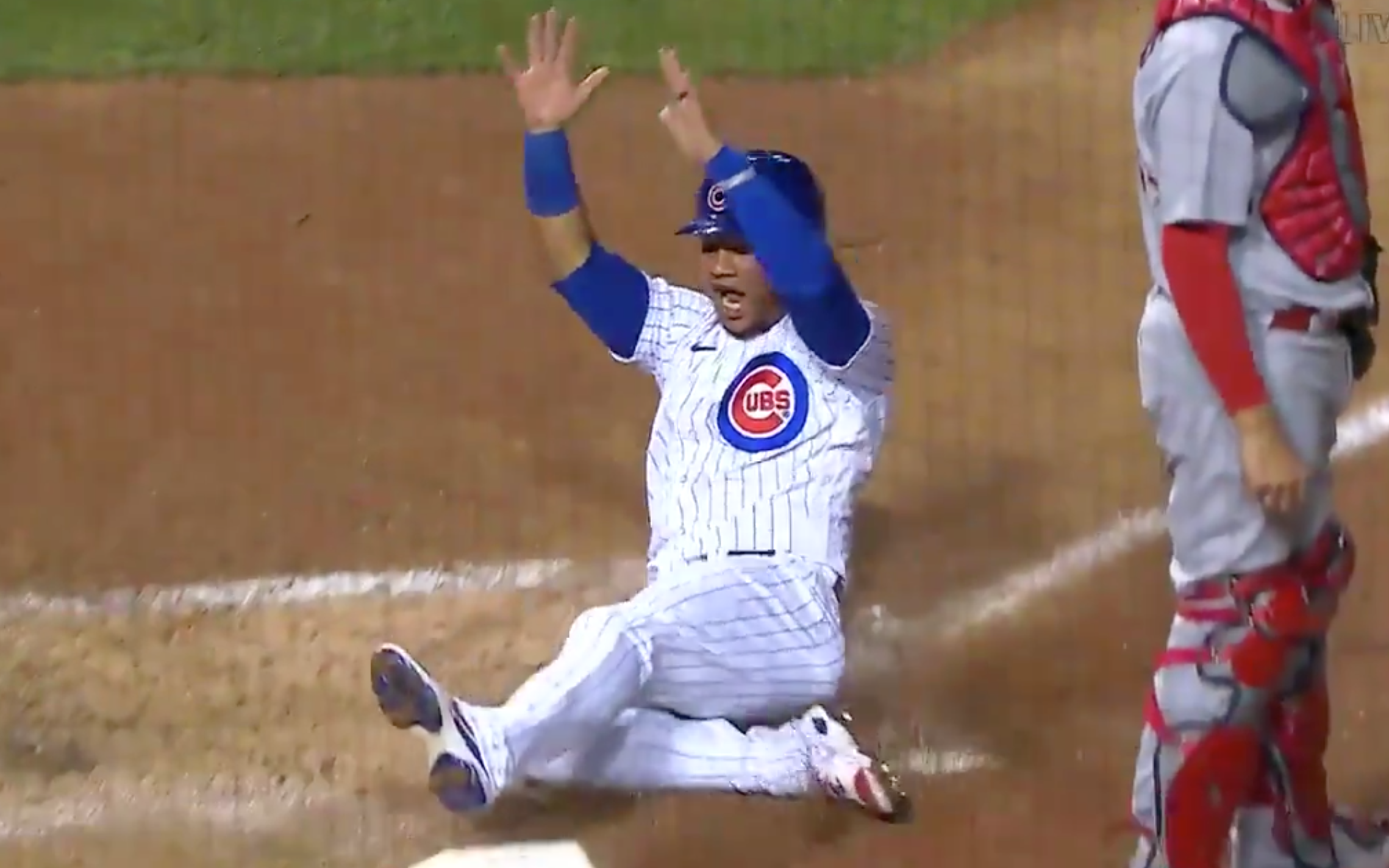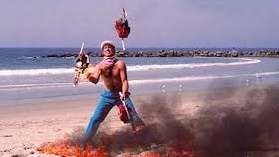You are coaching a youth baseball or softball team and wrap up another game with more mistakes than expected. You’ve done a good job getting your team ready and practices have run well, but the team’s efforts are not translating to games. What could be missing in your preparation?
Great Practices, Poor Game Results
Many youth baseball and softball coaches run solid practices, do a great job teaching skills and taking their kids through drills, but don’t see that effort in practice translate to game success. One aspect of practice that many coaches leave out is practicing playing the game.
Failing to include a Scrimmage as part of a practice plan may be the missing link in a team’s formula for success in games.
The first reaction to the idea of including a scrimmage in practice is that it is not a productive use of time; ‘the kids are just playing around and not getting better’. That can be true if the scrimmage does not have a clear objective and is not structured properly. On the other hand, if a scrimmage is structured and managed as a teaching tool, it can be the activity that ties everything together.
Three Benefits of Scrimmaging Each Practice
Kids sign up to PLAY.
Kids understand the need to practice, but we cannot lose site of the fact that playing is what they really want to do. There is a perspective that drills need to be competitive to keep kids engaged. Often, when adding this element into a drill it detracts from the objective of develop the good actions needed to execute a skill. The kids become focused on winning the drill. Ending each practice with a scrimmage feeds the desire for competition.
Discipline
Knowing that practice will conclude with a scrimmage helps with discipline in drills and other practice activities. Players are more motivated to follow directions and move quickly between drills. If they slog around, they know they are cutting into their scrimmage time. This may draw out leadership from players who encourage their teammates to keep things moving during drills and transitions between practice activities.
Translate Skills to Game Speed
Actual game situations can vary quite a bit from a structured drill environment. The combination of the placement of the ball off the bat and the speed and location of the runners is unique most every play. Kids master drills and skills in practice, but if they are not experienced in applying those to the unique situations and pace of a game they are not as prepared as they could be.
Reps Coordinating as a Unit on Defense
Drills break the game down into smaller segments. Scrimmage creates an environment for the defense to work as a unit. Coaches can identify breakdowns. Areas in need of more work are identified before game day.
At the youth level broken plays occur often. When these circumstances come up in a scrimmage, players learn to regroup on the fly and bring the play under control. Early in the season players will be slow to cover a base, be in position to back up throws and get into position to execute a relay.
In the scrimmage format outlined below, we maintain a fast pace that engages all nine defensive players throughout the activity. On each play there will be mistakes, corrections are made and learning within the context of the game takes place.
Our feedback during scrimmage is not limited to correcting and teaching. On each play we can also acknowledge the kids doing things well. When we point out what our kids are doing right, no matter how basic, we build their confidence.
Specifics regarding feedback during a scrimmage are covered in detail following the next section.
Scrimmage Structure
Nine on Defense, One batter, Two Base Runners
Players do not sit out waiting their turn to bat. Extra offensive players are on the bases getting base running experience. Including base runners on each play also increases decision making for defensive players. Making decisions at game speed is a big part of learning how to play the game.
Players Do Not Pitch
Scrimmage is not the place for developing pitching skills. A coach pitches from 20’-30’ (we still have a player at the rubber fulfilling the defensive responsibilities of the pitcher). The closer the coach-pitcher, the higher the percentage of hitable pitches. I urge coaches to pitch from a knee (instructional video: watch 0:40 - 1:20 for Baseball; 1:20 - 2:10 for Softball).
A key to maximizing scrimmage time is a providing a high percentage of strikes and limiting the amount of time between the end of a play and the next batter putting the ball into play. At the conclusion of a play our players quickly get back to their positions, receive brief feedback and then the coach pitches to the next batter.
Positions on Defense
Early in the season we give players reps at a lot of different positions during scrimmage. My philosophy is for kids to get experience at as many positions at possible. But as the season progresses we need to be mindful of getting players reps at the positions they’ll most likely be playing on game day.
Assistant Coaches Are on The Field
Position one coach between the third baseman and left fielder. They communicate with those two positions as well as the shortstop. A second coach stands between the first baseman and right fielder focusing on the three players that side of the field. If an additional coach is available, put them in the area behind second base. Their focus is on coordinated play of the middle infielders. Also, to make sure the center fielder is engaged in each play. (see defensive responsibilities)
The coach doing the pitching (usually the head coach) focus their feedback on the pitcher, catcher, and batter. Comments to the batter should be limited to simple reminders of what has already been taught and trained i.e., ‘turn fast’, ‘head in place’, ‘balance’, etc. Scrimmage is not the place for detailed batting instruction.
In our first few scrimmages we let many mistakes go because not much content has been taught. As the season progresses, and the kids are exposed to more information, our feedback during scrimmage covers more aspects of the game.
Use a Tee (sometimes)
The objective of scrimmage is to get the players massive game repetitions in a short period of time. Using a tee helps achieve this goal. A tee guarantees a strike 100% of the time. This pace of scrimmage speeds up significantly. We can change the relationship of the batter to the ball/contact point to have some control of where the ball is hit (pull, middle, opposite field).
Most scrimmages have the coach pitching, but recognize the tee as an option. When we are short on coaches, using a tee with a coach at home plate instead of pitching, with their back to the defense, they can keep their eyes on all the action.
Team development needs and which point of the season we are in dictates how much time is invested in scrimmage. Early in the year scrimmage may be only 15-20 minutes, giving each player only 1-2 at-bats. As the season progresses, scrimmage time can bump up to 30 minutes with each player batting multiple times.
Make Scrimmage a Powerful Teaching Tool
Below are guidelines for setting up and running a productive instructional scrimmage. This is not a complete list, but the fundamental aspects of play that a youth team wants to be executing by the latter parts of their season.
Rules for Teaching
Only correct what has been taught and drilled in practice
Be on the lookout for things the kids do correctly and acknowledge their accomplishments.
Keep comments directed towards actions, not results
Focus Points for Teaching
The teaching and reinforcement that your coaching staff is concerned with depends on the age of your kids, their level of play and the amount of content that has been taught and drilled in your practice sessions.
Addressing Common Physical Mistakes
Errors and other physical mistakes are going to happen often. Kids know when they have missed a ground ball or made a poor throw. We want to help our players learn from their mistakes, so how do we address them? Use action focused talk when giving feedback. Examples:
Keep your feet moving through the fielding action
When you drop step, the throwing hand foot goes back
See the ball before committing to the stretch position
Improve Team Defensive Play
Often in youth baseball games, when the ball is put in play, many of the players do not move. Each player on defense has a role on every play and needs to be moving to fulfill their responsibilities (see defensive responsibilities). Scrimmage exposes kids to this fact multiple times in a short period of time.
From the time the ball is put into play until it is returned securely to the pitcher at the play’s conclusion, it is usually handled by 3 or 4 players and sometimes more. At our level of play, managing the ball as it moves around the field is a challenge.
Base runners add to the complexity of the defensive responsibilities. In a game (and scrimmage) there are no do-overs, so the players are pressed to make decisions quickly while executing the physical requirements as well.
Coaching Points During Scrimmage
As with batting, scrimmage is not the place to spend time teaching fielding mechanics. We do that during drills and before and following team practice time. Our teaching focus is on coordinated team play.
Identify the Situation
Movement
Dealing with Base Runners
Communication
Relays
Positioning of the cut-relay player
Communication between players involved in the play
Outfielders always Hit the Cut
Cut-relay player footwork: Move Feet to Catch, Move Feet to Throw
Recognizing when to not relay the ball (runners have stopped advancing or will clearly be safe)
More information is found on Scrimmage page of the website.
